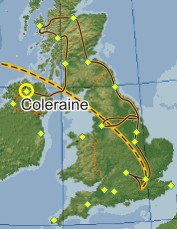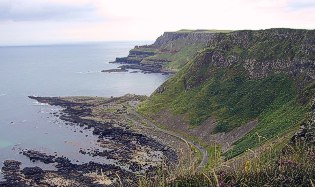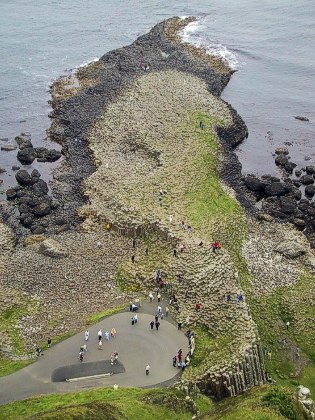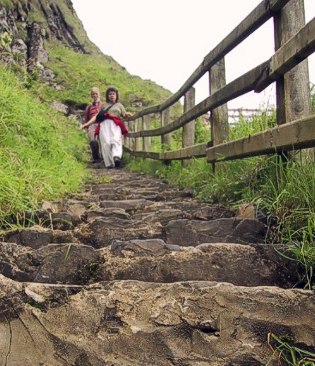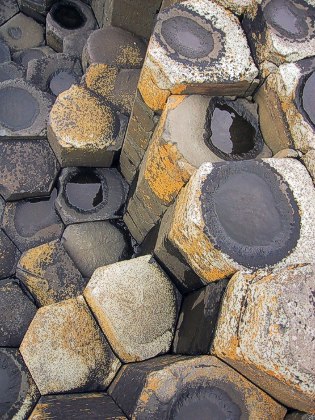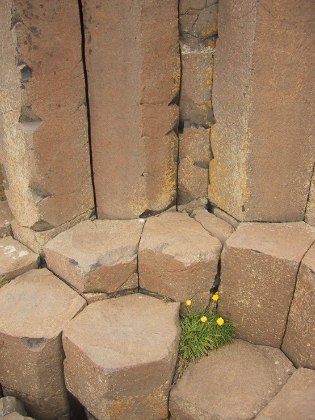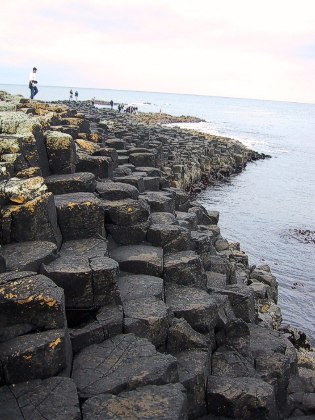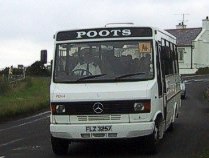 |
Which is not to say that Northern Ireland isn't beautiful, restful, and bucolic -- it is. The town of Coleraine is shabby but trying hard. We were only there for a few minutes before Hilary fetched us up and whisked us to a lovely home beside a cow pasture within view of the distant coast. Unlimited internet access, good conversation, a teenage daughter who likes Big Brother (British flavor -- MUCH better than the mean-spirited US version), two cats, and a dog!
Hilary is a statistician studying theology -- a fascinating combination -- with a real ear for the absurdities and humor of her own life, the Northern Irish situation, and our shared language. Sample: "An Irishman, a Scotsman, and an Englishman go into a bar. The bartender says, 'Is this a joke?'"
After dinner we took a lovely long walk in the long northern gloaming, past lots of cows and horses -- no fraternization; the foot-and-mouth scare is still very real in the minds of the stockmen if no one else's -- and through a little settlement bedecked with Unionist flags including those of the Ulster Volunteer Force, a semi-secret Protestant militant organization. Surprisingly, the children playing on the sidewalk, including the teenagers, were cordial and quick to meet our eyes and say hello. Hilary's analysis is that this generation of children are the first to even see members of the "opposition" in their daily lives. When she was young, living south of Coleraine, her whole life was sequestered in a Protestant "bubble" -- school, church, after-school and family life. The next generation, the children of these children, will most likely all go to school together (schools are still segregated, but integration is being discussed seriously.) Hilary also reminded us that understanding of "The Irish Question" has evaded the best minds of more than a century, and so we shouldn't even bother to try, only observe and experience.
The next morning was drizzly and grim -- surprise! Hilary comforted us by noting that all the population centers and places of human importance are on the eastern side of these islands. "If you wanted the ermine robes and finery to last, you couldn't be keeping it out here in the west, now, could you?" she quite sensibly asked. |
